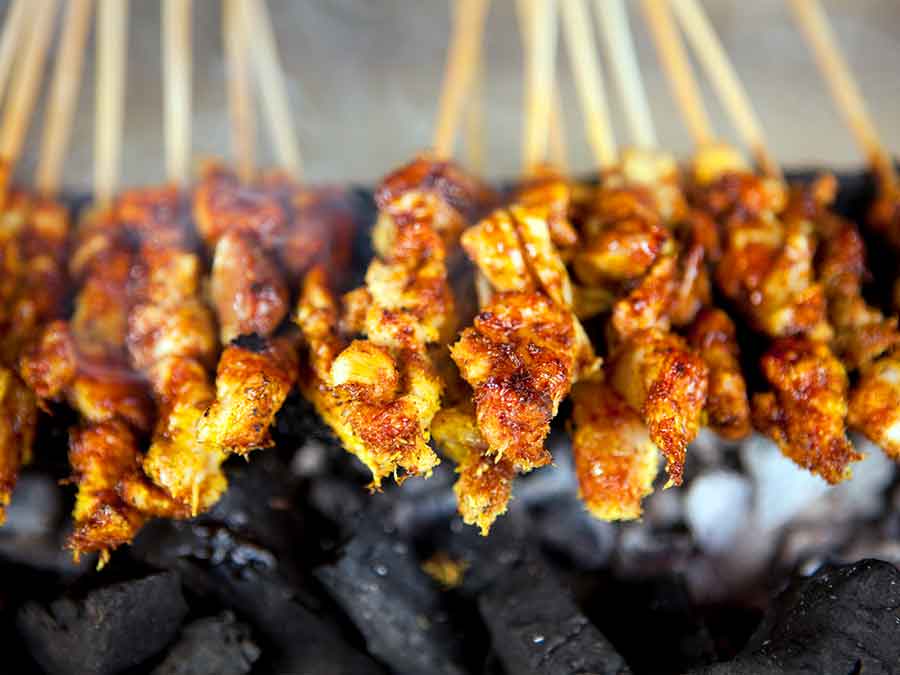Travel Insurance for Asia
Asia is a popular and colourful destination for Aussies looking for a cultural holiday experience. Singapore, Taiwan, Hong Kong, Vietnam, the Philippines, Japan and China all have their own unique cultures and culinary flavours to enjoy. Whether you love the bustling big cities like Beijing, Seoul, Tokyo or Hanoi, or the seclusion and beauty of some of the most exotic beaches in the world - Boracay, Baucau or Da Nang - a holiday in Asia can be the experience of a lifetime.
However, as enchanting as these destinations may be, it’s also important for Aussies visiting Asia to be aware of some issues that could result in claims.
There are some simple precautions Aussies can take. A common problem we see is food poisoning. Though not necessarily life threatening, food poisoning can be debilitating and can have the potential to not only ruin the enjoyment of your holiday, but can also cut it short – which can be expensive. If you and your family have to cancel pre-paid activities or return home early, the personal costs to you can be high. So be careful what food you eat, watch how it is prepared, drink only bottled water and avoid ice in your drinks. And of course, get yourself good travel insurance before you go.
Above all, any trip to Asia is about enjoying the experience of a new and exciting culture. Of course there are unexpected things that may play havoc with your holiday plans – but you can protect yourself from much of it by simply organising Southern Cross Travel Insurance as soon as you purchase your flights.
What you need to know
This page includes some information about our products but, as with all insurance policies, eligibility criteria, terms and conditions apply. For our terms and conditions (including information about exclusions, excesses and sub limits) we recommend you read the relevant Financial Services Guide (FSG), Product Disclosure Statement (PDS) and Target Market Determination (TMD) to ensure our travel insurance products are right for you.
You can find the relevant documents here: International Comprehensive, Annual Multi-trip, International Medical Only, Working Overseas, Domestic.





